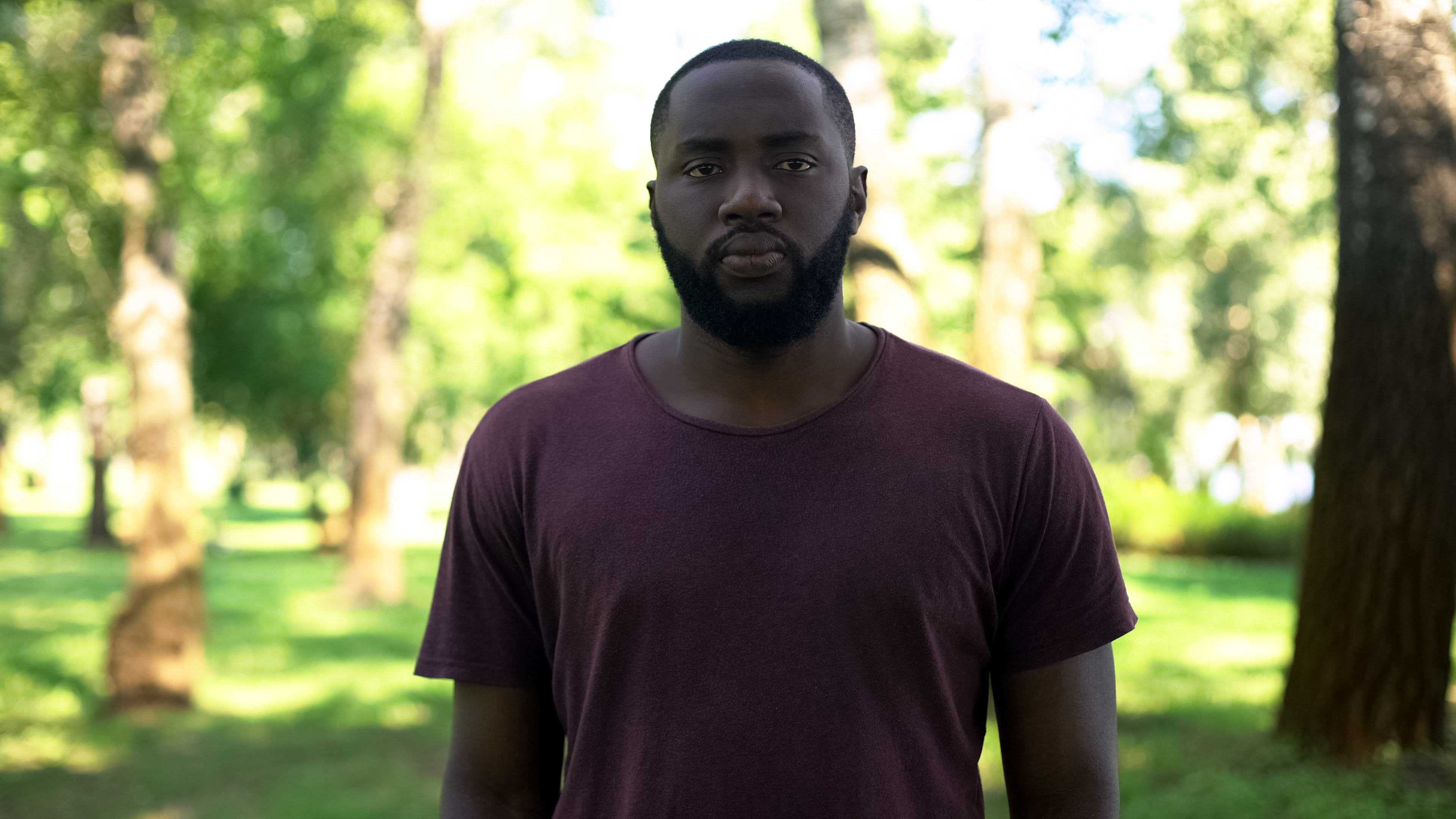on
BY BRITTNEY CHANNER
Welcome Back, Readers!
For those of you who are just joining us for the first time, this week’s entry is a continuation of last week’s edition that focused on discrimination practices within the hiring process. To quickly recap, my last entry discussed Philton Moore, an established lawyer who had the unfortunate pleasure of dealing with discrimination amongst his legal peers as he applied for a legal position at a well-known personal injury firm in Hamilton, Ontario.
Mr. Moore then proceeded to file an application under the Human Rights Tribunal of Ontario against the law firm in question citing that the firm was in violation of his rights under section 5 (1) of the code. Although it was proven in court that the firm was liable of discrimination against Mr. Moore, therefore allowing him to win his case, the ruling and reasoning given by the Vice Chair, is said to display a considerable amount of biases and did more harm for black Canadians, racialized lawyers, and minorities.
One of the decisions made by the Vice Chair surrounded the idea of racial discrimination and the law firms questioning of Mr. Moore’s educational background. When Mr. Moore submitted his application for the junior lawyer position at the law firm in question, it was apparent that there were no concerns with the content of his cover letter. However, once the staff were able to see Moore in person and realized he was not white, nor did he match their highly assumptuous expectations; questions regarding the validity of his education and English background progressed.
During the interview, senior staff revealed that his extensive qualifications did not matter in terms of obtaining a position at the firm; what mattered was if Mr. Moore was a right fit for the company. To some, the statement made may not seem too alarming, nevertheless, Moore was then questioned on his literacy and the grade he received in English while attending university. It is evident that one can deem the entire interaction as contradictory for several reasons. Since the firm stipulated that qualifications did not matter in obtaining the position, why would the senior staff question Mr. Moore on his grasp of the English language unless it was something that candidates needed to make them “qualified” for the position?
Also, as the firm continued their interview with other candidates who were white, it was determined that none of them were asked for their English grades or were under scrutiny about their knowledge of the English language. The senior staff in question admitted in court that she had no problems with Mr. Moore’s English, and yet, still found it necessary to question him on his abilities even though according to her, obtaining the job was strictly about “fit” and not about ones educational/linguistic qualification. It leaves one to think that race or racial stereotypical bias was the sole reason for her divergence into Mr. Moore’s’ education.
It is also important to note that Mr. Moore is an author for UK’s largest legal publishers, was offered to join Sweet & Maxwell’s editorial board, offered a book contract by UK’s second largest legal publisher and contributed to the Human Rights Handbook which are all exemplary examples that attest to his elevated skills of the English language and yet, all these important facts were “coincidentally” left out of the Vice Chair’s ruling which could have had a significant impact on the case overall.
The decision made by the Vice Chair can be deemed harmful because it undermines an extensive amount of rulings that have made significant contributions towards the fight against discrimination of all kinds. In my previous article entries, I have consistently spoken about the importance of precedent and how it has the potential to sway or influence a judge or someone of authoritative power, like a Vice Chair in this situation, in their ruling as it assists them in deciding on complex cases.
A prime example of this can be seen in the Peel Law Association v. Pieters, 2013 case where discrimination was also the dominant subject matter and the advancements proving if discrimination is the “determinative” or major factor, whether the discrimination needs to be intentional and reversal of burden of proof when relevant documents to a case are destroyed. The Vice-Chair did not apply or reference any substantial cases including the one above that could have benefited Mr. Moore and future legal candidates who come from racialized backgrounds.
Due to this, the decision he made notes a considerable set back at the significant advancements that have been made within the fight against discrimination and essentially allows the Vice Chair to refer to his recent decision in future cases. At the moment, Mr. Moore is appealing the decision made in hopes that this decision is overturned and the advancements made by the Peel Law Association v. Pieters case stands.
To learn more about Mr. Moore and his journey to appealing the recent decision of the Vice Chair https://www.lawtimesnews.com/
Stay in the loop with exclusive news, stories, and insights—delivered straight to your inbox. No fluff, just real content that matters. Sign up today!













